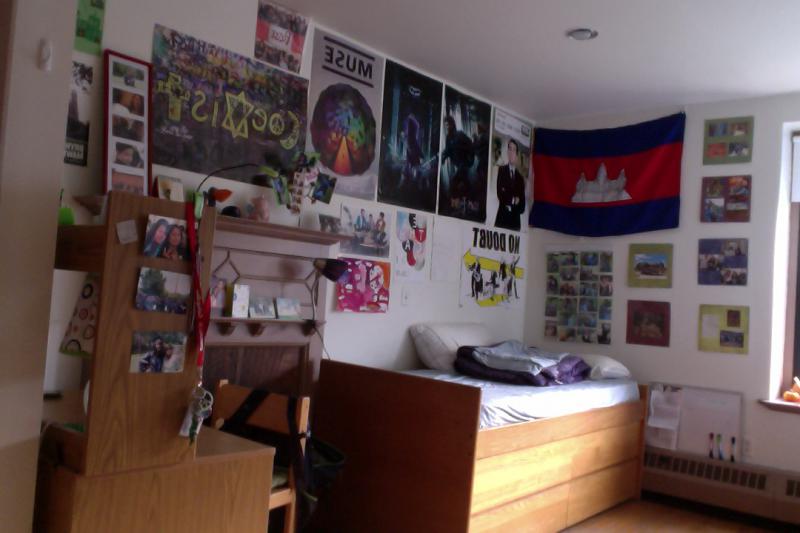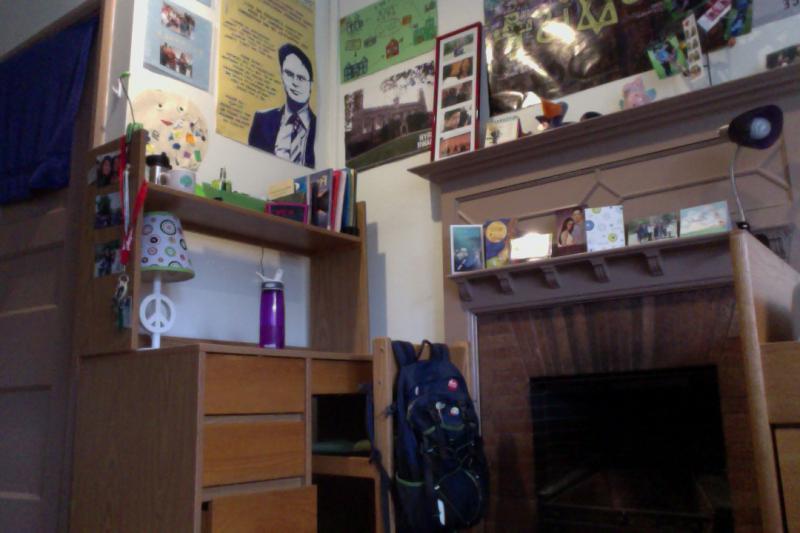Serendip is an independent site partnering with faculty at multiple colleges and universities around the world. Happy exploring!
education

Gender and Sexuality in the High School Biology Classroom: Fostering Critical Thinking and Active Engagement
Gender and Sexuality in the High School Biology Classroom:
Fostering Critical Thinking and Active Engagement
Summary: This project was undertaken with the hope of changing the ways we think about teaching and engaging with science. This paper will discuss ways to help students recognize that science is interdisciplinary and can both affect and be affected by the social and/or political context it exists in.
By asking students to think about the way science is presented and conducted, and giving them the tools to think about science not as an isolated body of information, but as a dynamic and shifting discipline, we will not only be encouraging more engaged science scholarship, but will also help students begin to notice the ways science is used as evidence in different contexts and evaluate these uses.
Objective:
The goals of this project are two-fold. I hope to suggest ways for biology teachers:

Dear Middleschoolers, Love, Charlie
Dear boys, girls, and those of you who just aren’t quite sure yet (because that is totally cool too),
For many of you, this is a confusing time. Things are growing in places where you aren’t sure if they are supposed to be growing, new places might develop novel smells, and you might start to feel differently. If any of these things apply to you, or if none of these things apply to you, you are still normal. Every body goes through different changes at different speeds and in completely different orders. So if your best friend is growing armpit hair, but you haven’t reached that point yet, don’t worry – we all catch up in the end! I am writing to you, middle-schoolers, because this time can be a bit scary; there are a lot of changes that you can expect in the next couple of years, and a lot of information out there, both true and false, so a quick guide to the next few years seems like a pretty good resource for you right about now. Read on to learn about what makes boys and girls different biologically, some of the changes that you can expect to your body during puberty, how babies are made, and a quick peek at the different categorizations of gender!
Let’s start from the very beginning. How did we get here and what exactly makes girls different from boys?

Space
The space that I pick up is the nook on the third floor of Denbigh, my residential hall. As a common space for students living on the third floor, nook is a part of my life: I do my readings at nook, I skype with my parents at nook, and, the most important, it was nook at that I started to learn how to “social” with other students, in an American way. The nook is like cultural classroom, what happened there taught me how to fit myself in a different culture. As you can see in the picture, the nook was decorated as a space for people gathering together and having some casual chatting. In order to celebrate Halloween, it was decorated by using pumpkins, skeletons and sparking lights. More important, I regard the nook as a space for me to learn more about American culture through intellectual conversations or just some casual conversations I have with different people. I think it is nook that helps me fit myself into the new cultural environment.

My Personal Space


For some reason, I had a lot of difficulty writing about this particular subject. I was fascinated by Bryn Mawr's history and the story behind its architecture and students but I felt so disconnected that I didn't know how it applied to my personal space, which was my room. I ended up describing my room and the comfort I feel when I'm in it, and how I'm learning to accept it as a version of my home away from "home". I wrote about the importance of living on campus and how much better a college experience one has in comparison to a student living off-campus. When size and price of the rooms play a huge role in how one interacts with others at college, I could see how isolated a student who had to live off-campus would've felt. I feel spoiled.
I actually got around to investigating who lived in my room before my roommate and I moved in by reading the mini plaques bolted to the walls and it seems that Mildred Durand was the first ever to live in my room in 1905. And then I wondered if she brought along her house maid...

Self reflection
Everything got better and better, or, it was I that tried to make it better and better. I started to say my opinions out without worrying about whether they are the right answer for teacher and other students; I check the talking notes two days earlier before the class to ensure I won’t miss anything that needed to prepare for the class; I make appointments in the writing center in order to improve my writing… I began to enjoy the seminar. Though I still can’t talk as fluently as I hope, everyone listened patiently whenever I was talking; though sometimes I still don’t understand the idioms used by my American classmates, I dare to ask questions without feeling bad about myself; though sometimes I still feel pretty struggling about writing a great paper without small grammatical errors, I know I am on the way of being a better writer.What is more important, I began to understand the essence of critical thinking. I found that education, a word that occurs in my life so often, is actually not as familiar to me as I thought. Every time I read a new reading assignment, every time I wrote a new paper, I gained a new perspective about education. I started to look back my life, to examine my choices, my school performance and people around me along my road of my education. By this kind of reflection, I not only learned more about education itself, but also learned more about how to critically consider a social issue.

Reflection on In Class/OutClassed
While I was writing my paper, I reflected on the changes that I've seen in myself and a lot of those changes resulted from many of the topics that we discussed. I didn't think learning about the different types of education that children receive all over the nation would have some sort of affect on me. For example, after writing my paper about access to education, I spent a lot of time outside of class thinking about my thesis. I've never had that type of experience before. After getting a grade on a paper in high school I would just toss it to the side and that would be the last time I thought about my argument. After discovering the huge impact ESL classes had on my learning, I was eager to come home to relearn my native language and interact with my grandparents (who mainly speak Khmer). I wanted to gain back what my childhood education took away from me. I never thought hard ahout how education extends beyond the classroom.
Reflection on One's Access to Education
At the halfway point, In Class/OutClassed has helped me challenge the way in which I think about and approach education as an institution and experience. Before, I had figured that educational experiences were shaped by the backgrounds of the students and the characteristics of the class cultures alone; however, as classroom discussions unraveled, I began to scrutinize the educational system's structure and look into contesting the handling of its power. As a class, I have found that the opposing stances that we have held in participating in activities such as our classroom barometer has helped us formulate such ideas, forced us to take responsibility of what we think and test the credibility of the information we come across. Moreover, our discussions with writing partners has helped me recognize the faults in my communication and gradually propelled me to strengthen my voice and stance in my arguments within class. Overall, what we have learned in class so far has pushed me to become a more active participant in my own education and recognize that the quality of the educational process is more important in developing my perspective than the quantified measures such as grades and GPA that were once valued in high school.


